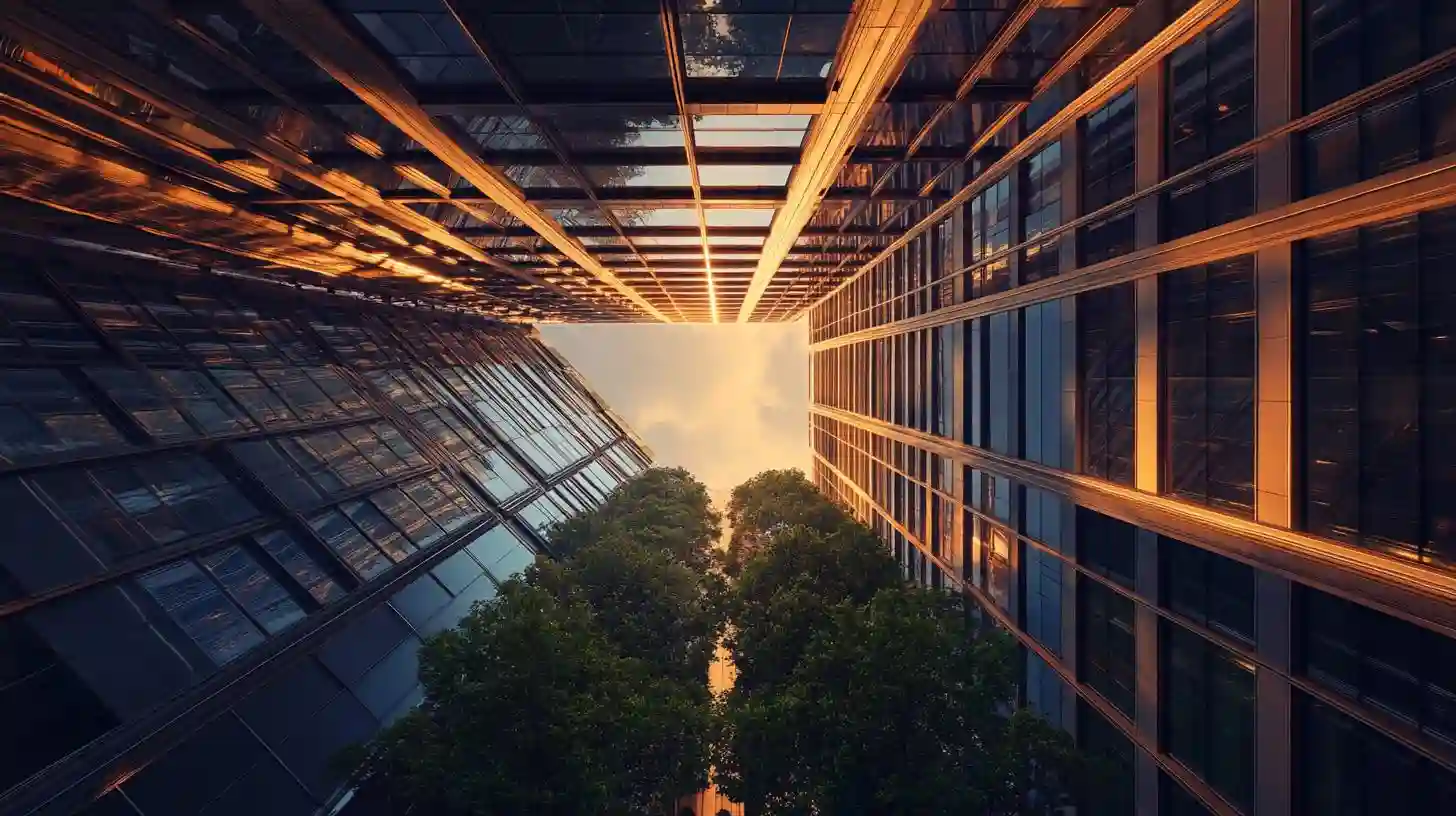
London stands as a vibrant tapestry of history, culture, and artistry, intricately woven together by its diverse architectural wonders. Each structure tells a story, revealing the city’s evolution over centuries. Walking through the streets of London is akin to meandering through an open-air museum where majestic designs greet you at every corner, inviting admiration and contemplation. The charm of London's skyline is undeniable, shaped by a multitude of styles that reflect not only the historical periods of its construction but also the ever-shifting dynamics of society itself.
Consider the elegant lines of Gothic architecture represented by the iconic Westminster Abbey. This magnificent structure, with its intricate stone carvings and towering spires, echoes the solemnity of royal ceremonies and the resonance of historical significance. Here, countless monarchs have been crowned, and famous figures laid to rest, further cementing its status as a jewel in London's architectural crown. The interplay of light through stained glass windows adds an ethereal quality, enhancing the feeling of stepping back in time within its hallowed halls.
On the flip side, the modernist movement has been embraced with vigor in areas like the Financial District, where skyscrapers pierce the sky, showcasing London’s embrace of the future. The Shard, with its shimmering glass façade, epitomizes the city's ambition. Towering above the Thames River, it offers breathtaking panoramic views of the sprawling metropolis below. The interplay of light on its glass surface shifts with the time of day, reflecting both the vibrancy of the city and the serene flow of the river. This melding of past and future demonstrates London’s ability to honor its rich history while still looking forward.
Venturing further, one cannot overlook the unique allure of the City of London, where the whimsical design of the Gherkin stands out amidst the surrounding historical fabric. Its unique, bulbous form and energy-efficient design have made it a symbol of contemporary vitality. This playful approach intersects seamlessly with the surrounding older structures, making the area feel both historic and modern. Walking through the narrow streets of the City places one at the heart of centuries of commerce, where each building, including the majestic St. Paul’s Cathedral, provides a story waiting to be uncovered.
The splendor of Victorian architecture also contributes to London’s charm through buildings like the Natural History Museum, which is a visual feast of terracotta tiles and intricate stonework. Its grand entrance leads to a world of wonder, where the past is preserved and celebrated. Interior spaces filled with fossils and exhibits from natural history invite exploration and discovery, reflecting a time when research and curiosity laid the groundwork for modern science. The ornamental motifs and decorative elements transport visitors to a time when architecture was as much about beauty as it was about function.
Less known yet equally striking are the cozy streets of Notting Hill, where rows of colorful terraced houses create a picturesque scene. These brightly painted facades speak to the whimsical side of London, providing a stark contrast to its more formal architectural offerings. The charm of Notting Hill extends beyond its buildings; it encapsulates a spirit of community, creativity, and diversity. Market stalls, cafes, and vibrant street art add layers of life to the already stunning backdrop, celebrating both heritage and contemporary culture in harmony.
Exploring further south, the comfort of Southbank presents a different architectural narrative, where brutalist marvels coexist alongside contemporary structures. The Brutalist London South Bank Centre raises questions about beauty and functionality, showcasing raw concrete forms that are as polarizing as they are iconic. This district thrives with cultural energy, hosting theatres, galleries, and performance spaces that contribute to the city’s dynamic arts scene. The juxtaposition of the historical and contemporary here serves as a testament to London’s capacity to innovate while honoring its past.
Traveling along the River Thames, one is met with the legendary Tower Bridge, whose unmistakable silhouette captures the essence of Victorian innovation. The bridge’s bascule mechanism, which allows vessels to pass beneath, remains an engineering marvel, symbolizing the synergy between artistry and practicality that characterizes much of London’s architecture. Its pedestrian walkways offer stunning vistas of the city, making it a vital connector of experiences and narratives.
Each architectural wonder in London contributes to a larger story — one of resilience, adaptation, and unyielding charm. This diverse array of buildings, ranging from the historical to the contemporary, weaves a complex narrative of a city that is ever-evolving. As you stroll through its varied neighborhoods, keep an open mind to the charm waiting to be discovered around every corner, in every brick and beam, across the landscapes painted by London's remarkable and unique architecture. The invitation to explore and experience this architectural tapestry is one that enriches the soul and expands the mind, revealing the character of a city that is as fascinating as it is beautiful.